
Honda ZR-V Review

Introduction
Honda’s CR-V has been gradually growing over the years and, with the arrival of the next generation later in 2023, will have thoroughly outgrown its C-SUV roots.
But with that sector representing a massive and ever-growing slice of the global car market, it’s not one the Japanese brand wants to be absent from. Hence the arrival of the ZR-V, which slots neatly between the CR-V and more compact HR-V and is positioned to go up against the likes of the Nissan Qashqai and Kia Sportage.
Sharing parts with both the CR-V and the Civic, Honda says the ZR-V offers a compelling mix of sedan and SUV, with the dynamism of the former and the versatility of the latter. But is that enough to topple the giants of the segment?
Select's rating score* - 3.6 / 5
At a Glance
The ZR-V is one of those cars that looks better in the metal than in the pictures but is also colour and trim-sensitive.
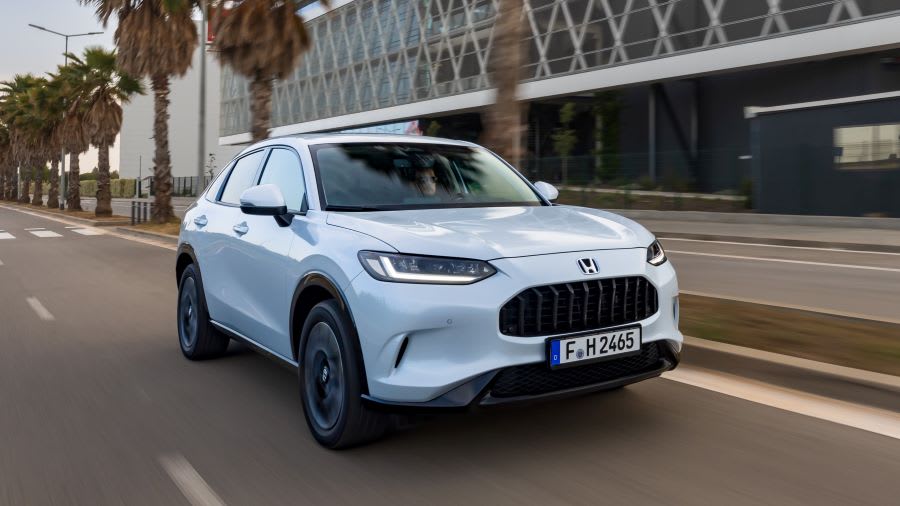
The upright, boxy shape is a fairly anonymous collection of smooth surfaces and flowing lines, and the ZR-V features similarities with the HR-V and CR-V, but the front end is likely to divide opinion with its slimline headlights and largely angular grille. In Elegance and Advance trim, this features vertical slats and gives the ZR-V a strangely gormless appearance. The Sport spec’s honeycomb affair is a far more attractive option and brings the added advantage of subtle running boards, which give the ZR-V a more purposeful appearance.
Sport is the middle of three simple, well-equipped grades, and there’s just one powertrain option, keeping things simple for buyers.
In keeping with all its current models (except the Civic Type R), the ZR-V’s lone drivetrain is a full petrol-electric hybrid, with a 2.0-litre petrol engine and two electric motors providing three different drive modes and the promise of lively performance and frugality.
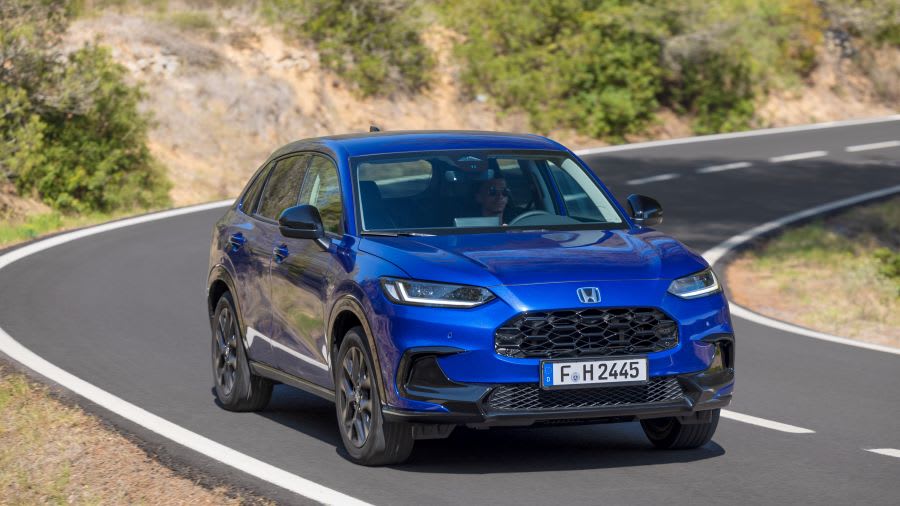
Key Features
That hybrid system lies at the heart of the ZR-V’s package, utilising the latest version of the e:HEV powertrain which underpins the HR-V, Civic and CR-V.
A 2.0-litre Atkinson-cycle (more economical but less powerful) petrol engine works with an integrated starter-generator and a separate electric traction motor driving the front wheels to provide three distinct driving modes — Electric, Hybrid and Engine. Need to know more about electric vehicles? Find out more in our complete guide to electric vehicles.
Predictably, the electric mode utilises the ZR-V’s small hybrid battery to power the main electric motor for silent, smooth progress around town and in low-demand scenarios.
The ZR-V’s hybrid setup sits between the more conventional systems used by the likes of Kia and Hyundai and the engine-as-generator that features in the Qashqai. In hybrid drive, the engine drives the generator, which, in turn, powers the electric propulsion motor, with no direct engine-to-wheel power.
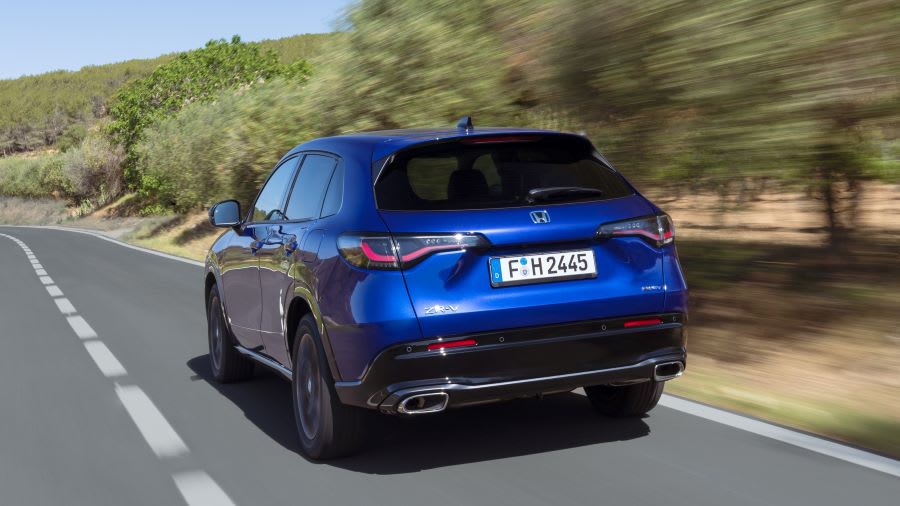
However, in engine mode, a clutch engages to allow the petrol motor to drive the wheels directly. In times of particularly high power demand, the electric propulsion motor will add some electric boost to proceedings.
What’s most impressive about this three-mode arrangement is the smooth, virtually unnoticeable way in which the ZR-V intelligently switches between the modes, with no obvious physical signs of the shift and not much in the way of engine noise.
Our day of testing wasn’t enough to fully assess the system’s efficiency, but we’ve seen truly impressive performance from the e:HEV arrangement in both the HR-V and Civic, so we would expect a similar story from the ZR-V, albeit not quite as good as those smaller, more aerodynamic models.
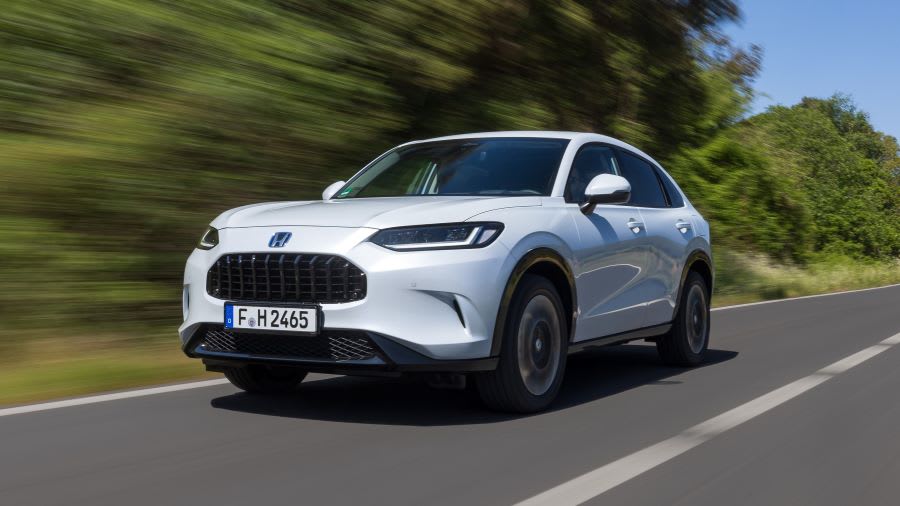
Performance & Drive
The ZR-V’s total 184hp is decent, if not remarkable, for the segment. Hybrid versions of the Qashqai, Sportage and Hyundai Tucson all offer a little more — 190hp for the Qashqai and 230hp for the related Kia and Hyundai.
It’s still enough to get the car from 0-62mph in 7.8 seconds and on to a top speed of 107mph, should you ever find yourself on a stretch of unrestricted autobahn.
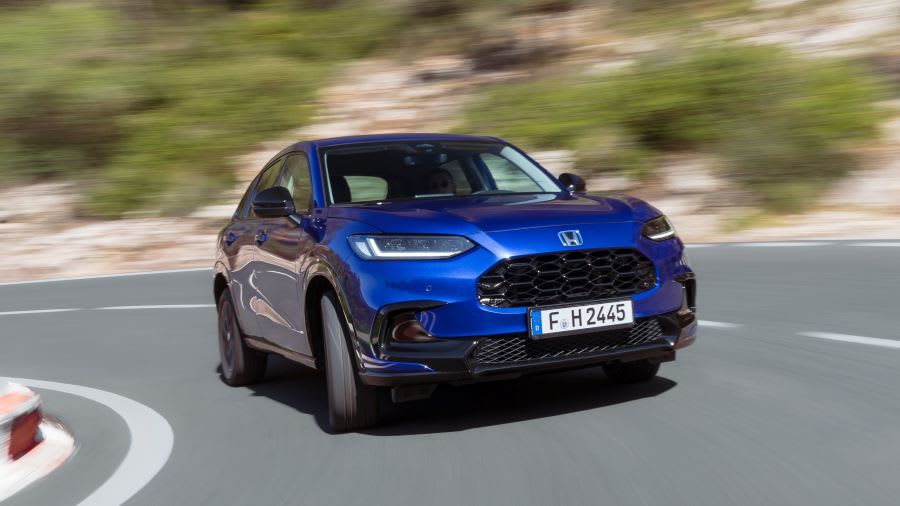
In most scenarios, the engine is pretty refined and discreet, and only a hefty right foot will bring noticeable noise into the cabin. Like the Civic, the ZR-V features a gearless transmission thanks to the ISG but comes with “linear response control”, which is an artificial gear shift that simulates a traditional acceleration feel and sound from the engine even when it is just running as a generator.
The ZR-V also features “winding control”, designed to detect twisty roads and manage engine speeds to provide less drop-off for a more engaging drive. In truth, its effects are relatively mild, and the ZR-V feels much like most of its rivals in providing a secure but uninspiring driving experience where the focus is on control and comfort rather than thrills.
For the main part, it delivers on the comfort front, especially at higher speeds, but poorly maintained urban surfaces expose an occasional firm edge to the ride that comes as a surprise.
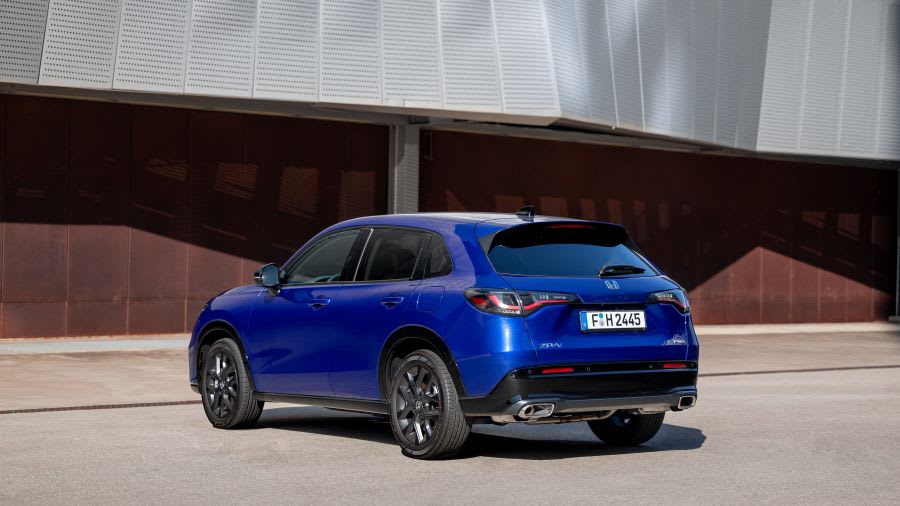
Running Costs
Honda quotes official economy at 48.7mpg, which is reasonable for a car of this size but not remarkable. The more powerful Sportage returns similar results, and Renault’s recently launched Austral offers around 60mpg from its 200hp hybrid powertrain.
CO2 emissions of 130–132g/km put the ZR-V in the 31% BiK tax bracket — similar to the Kia and Hyundai but noticeably more than the 28% of the Nissan or 26% of the Renault.
As with other Hondas, there’s a five-year/90,000-mile warranty on the ZR-V, and Honda has a solid reputation for reliability.
Starting at more than £39,000 list price, the ZR-V is, at first glance, a lot more expensive than an equivalent Kia or Nissan, but strong leasing deals mean that it can be had for virtually the same monthly payments.
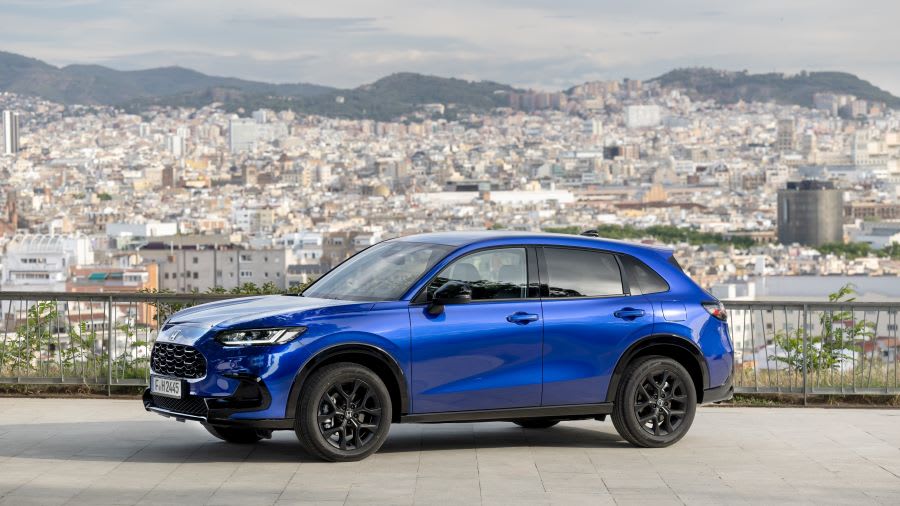
Interior
Interiors were a weakness for Honda for a long time, but recent years have seen the brand turn this around with smart, attractive and well-built cabins.
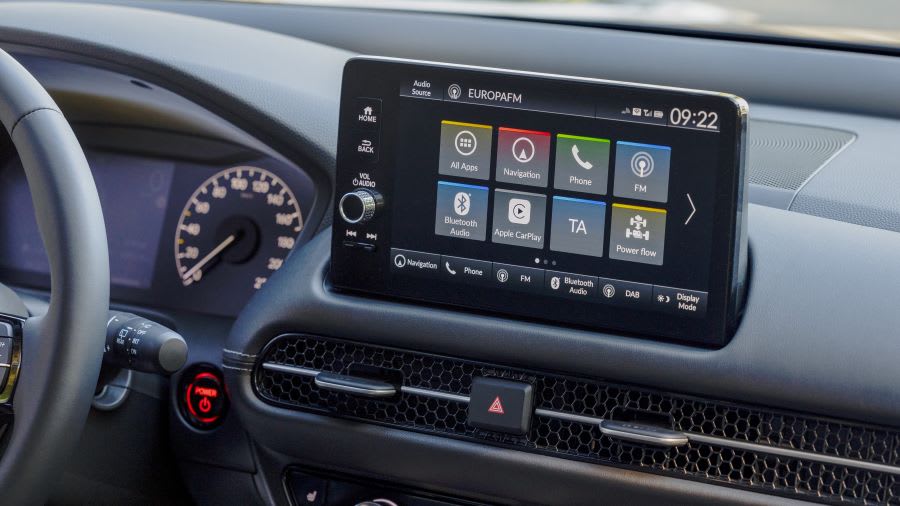
The ZR-V is no different, with a simple, fresh and user-friendly design that clearly borrows heavily from the excellent Civic.
Materials have been kept simple but high quality, with soft-touch finishes to all the major elements and solid, attractive finishes to the main controls. Entry-level cars get fabric seats, Sport models add a part-leather finish, and Advance grade cars get full leather upholstery. Honda has also used microscopic glass beads within the door materials to give a glossy, reflective look.
Like the Civic, the dashboard is a simple horizontal affair with a metal-effect honeycomb face running across its width and hiding the air vents. The 9.0-inch media screen sits proud of the dashboard and represents a significant improvement on previous Honda attempts, with a clear and responsive system backed up by Android Auto and Apple CarPlay.
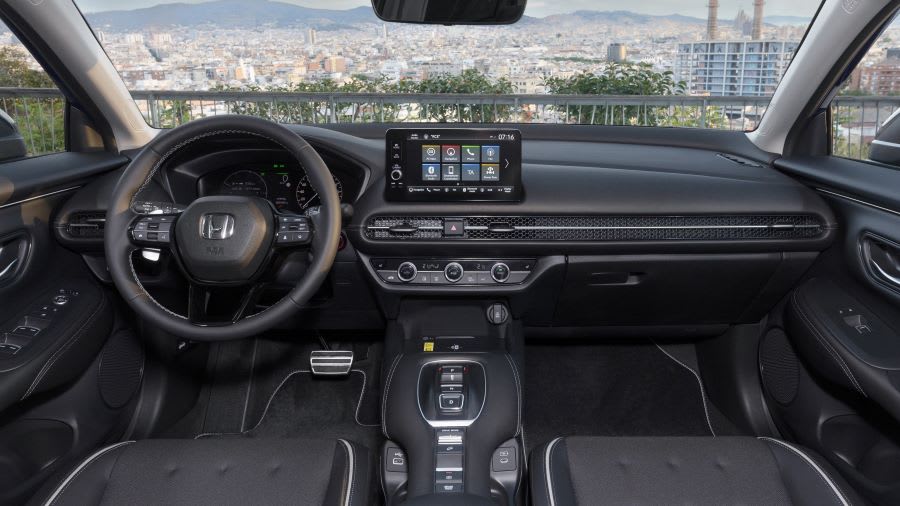
Beneath that, there are proper physical dials for the dual-zone climate control and, in Sport and Advance grade cars, a wireless phone charger sits ahead of the neatly sculpted centre console with charging ports and storage space. The cabin is awash with neat pockets and storage areas, and rear seat passengers are well catered for, with USB ports and air conditioning vents.
Space is remarkably generous, especially given the ZR-V’s compact exterior appearance. The ZR-V’s rear seating position is identical to the Civic’s, meaning rear-seat passengers enjoy plenty of legroom but a slightly knees-up seating position. The front seating position is also almost identical, meaning plenty of adjustability, space and decent visibility.
A 370 to 380-litre boot (spec dependant) is some way off the 450 to 550 litres of key rivals but can be expanded to 1,291 litres with the seats down, while a load partition helps keep items in place.
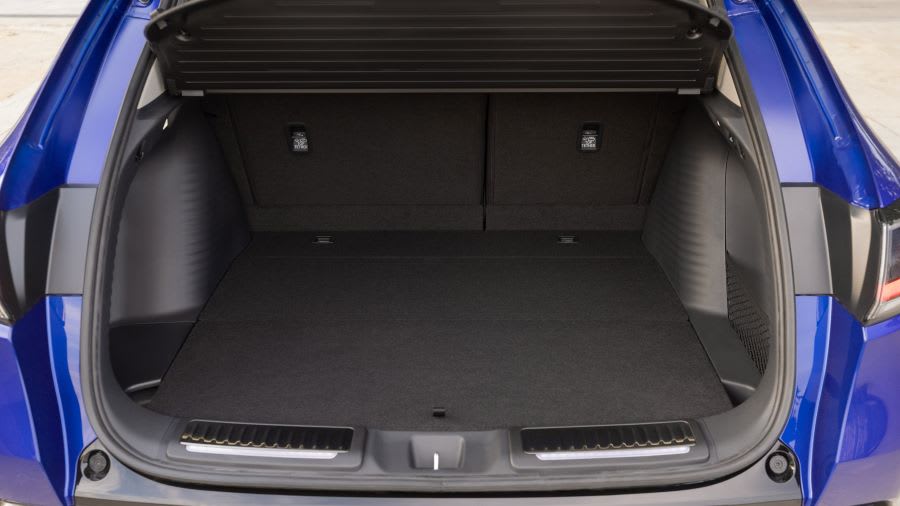
Safety
The ZR-V is still to be rated by Euro NCAP, but Honda has a solid history of producing safe, smart vehicles. The Civic and CR-V — from which the ZR-V’s platform is derived — both scored the maximum five stars, and much of the ZR-V’s active and passive safety equipment is shared with the latest Civic.
All versions of the ZR-V come with 10 airbags, including front centre and kee ones, and the Honda Sensing suite of safety kit. This incorporates road departure mitigation, forward collision detection with autonomous emergency braking, lane keep assist, blind spot and cross traffic sensor. Traffic sign recognition, intelligent speed assist, adaptive cruise control and automatic high beam are also standard across the range, with adaptive beam headlights fitted to Advance spec cars.
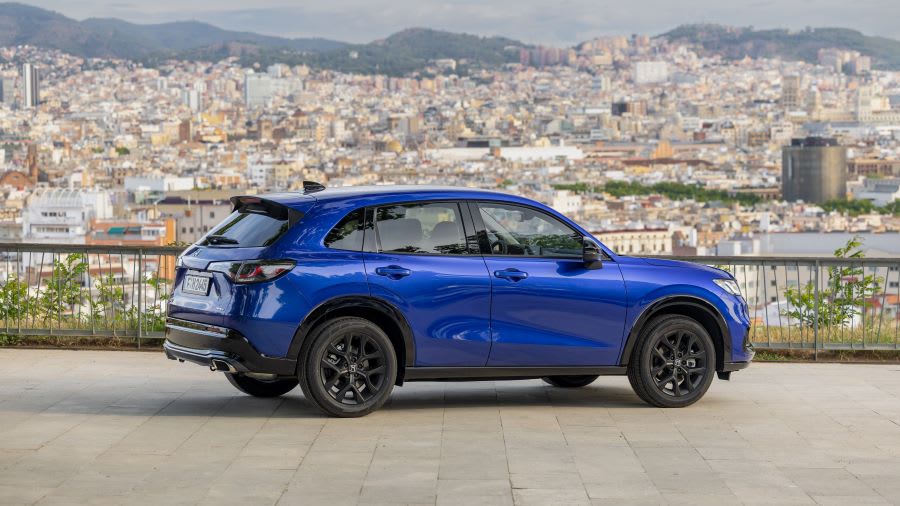
Options
Rather than offer endless lists of options, Honda has kept specifications for the ZR-V simple, with three well-equipped trim levels and a handful of exterior colour choices.
Elegance kicks things off with 18-inch alloys, heated seats, a 10.0-inch digital instrument display and a 9.0-inch touchscreen. There’s also dual-zone climate control, keyless entry and start, and the Honda Sensing driver assistance package.
To that, Sport adds smarter exterior trim plus a powered tailgate, interior LED lighting, an eight-way adjustable driver’s seat, a power tailgate and wireless charging.
In addition, the Advance spec adds heating to the steering wheel and rear seats, gets diamond-cut alloys, a panoramic sunroof and a handful of tech upgrades, including a head-up display, a larger digital instrument panel and a 12-speaker sound system from Bose.
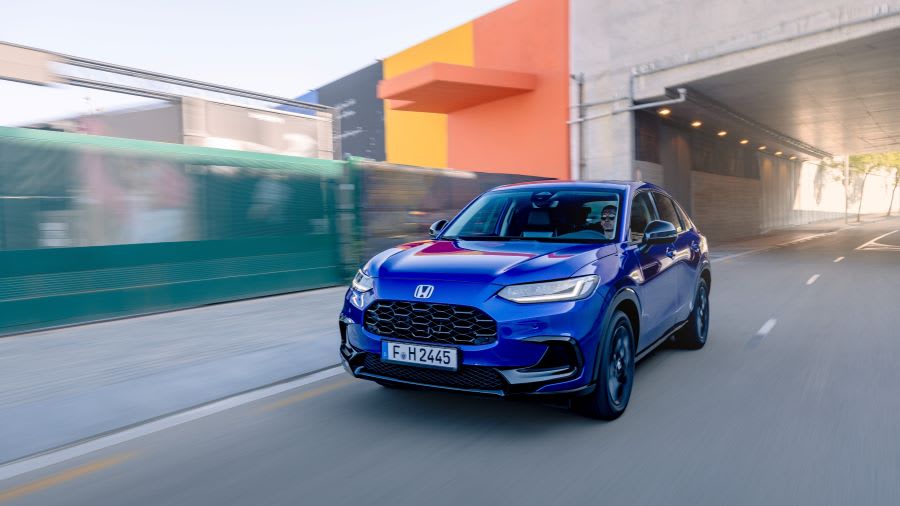
Rival Cars
There is no shortage of competitors for the ZR-V. The C-SUV segment is one of the biggest and most tightly contested in Europe.
The most obvious alternatives and ones Honda has its sights set on are the Nissan Qashqai, Kia Sportage and Hyundai Tucson, all of which offer similar levels of space and equipment along with the option of full-hybrid drivetrains. The ZR-V definitely feels like a step above the stalwart Nissan thanks to its smoother engine and neater interior, but the Sportage, in particular, is a tougher prospect, especially with its lower price.
Other options include the stylish Peugeot 3008, Mazda CX-5 (below), Volkswagen Tiguan and long-in-the-tooth Ford Kuga. Honda also cites cars like the Volvo XC40, BMW X1 and Audi Q3 as alternatives, but that’s stretching the ZR-V’s premium claims to breaking point.
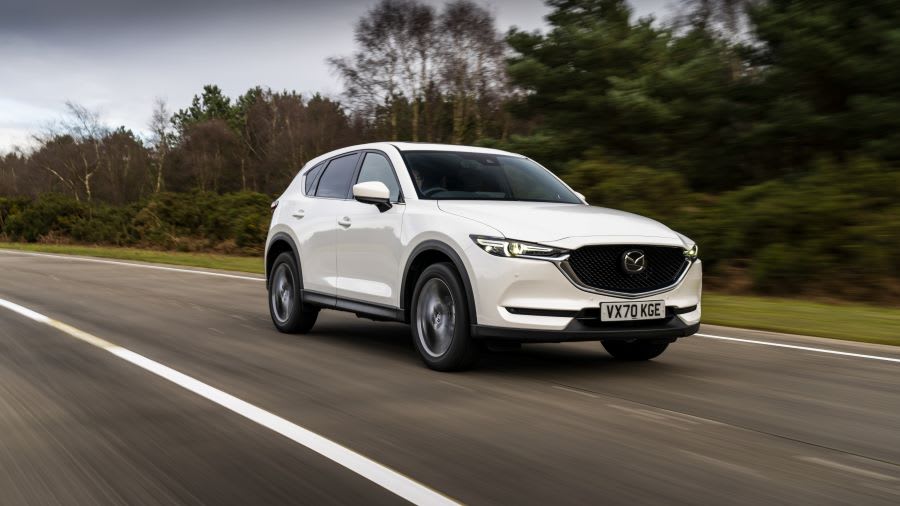
Verdict
Honda has big ambitions for the ZR-V in what is a super-competitive segment, and it’s an admirable effort but not one that stands head and shoulders above the competition.
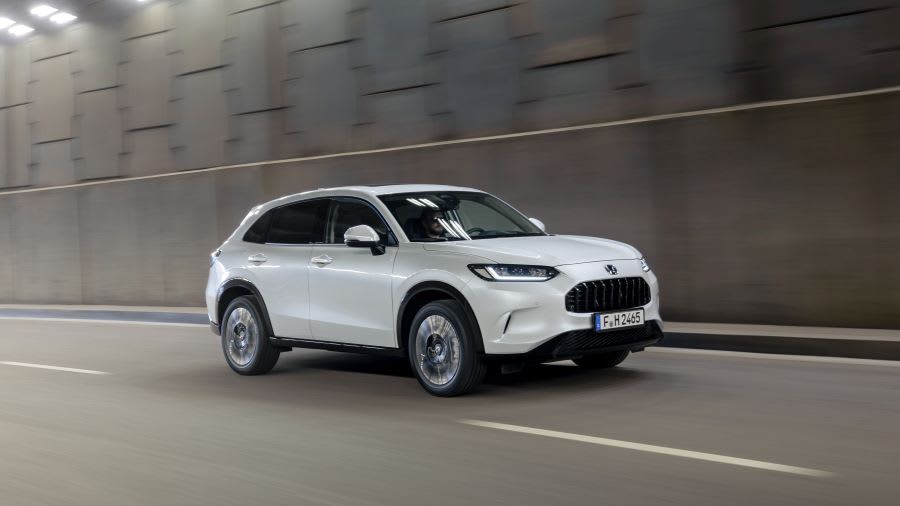
The hybrid system works brilliantly, with fluid, seamless transitions and smart management of its various drive modes, but it’s not noticeably more efficient than major rivals and markedly poorer than in the more aerodynamic Civic.
The interior is stylish and user-friendly with an impressive amount of space for four adults, strong refinement and a mostly comfortable ride. There’s also plenty of the latest safety and convenience technology across every grade of the car. However, all of this is true of the ZR-V’s rivals as well as the cheaper — and to our eyes — more attractive Civic saloon.
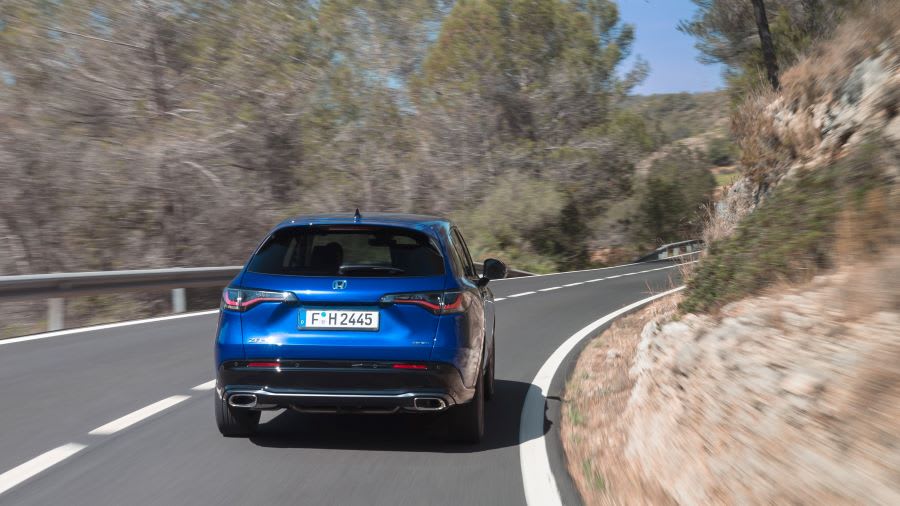
Where to next?
View latest Honda ZR-V leasing deals - from just £531.59 per month inc VAT**.
Call us on 0118 3048 688 or hit the green 'Enquire' button for more details.
Looking for a great deal? Check out our incredible range of car lease deals.
New SUV? Read our latest Car Reviews and find the right model for you.
Want to know more about leasing? Take a look at our comprehensive Leasing Guides.
Interested in everything motoring? Why not catch up on all the latest Car Leasing News.
**Score based on Select’s unique meta score analysis, taking into account the UK’s top leading independent car website reviews of the Honda ZR-V
**Correct as of 26/07/2023. Based on 9 months initial payment, 5,000 miles over a 48 month lease. Initial payment equivalent to 9 monthly payments or £4,784.31 (Plus admin fee) Ts and Cs apply. Credit is subject to status.




















